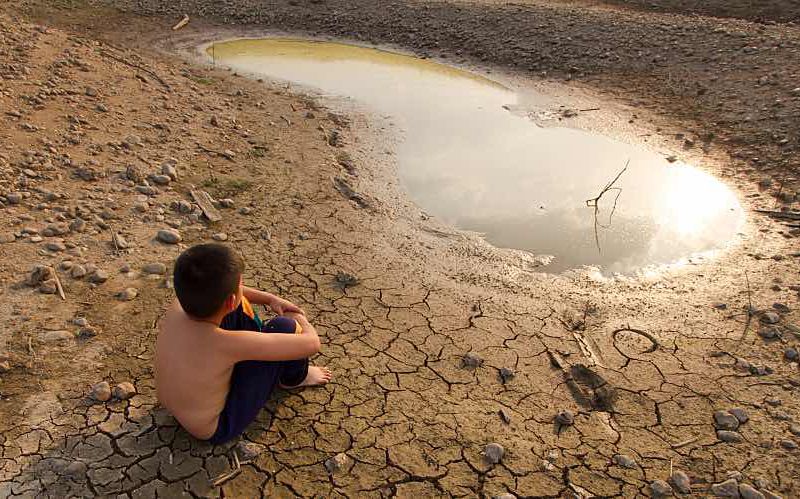
Introduction
Climate change is one of the most pressing global challenges, and its effects are being felt across various sectors, particularly water resources. In India, a country characterized by diverse climatic zones and seasonal weather patterns, the implications of climate change on water storage are significant and multifaceted. As the demand for water continues to rise amid changing precipitation patterns, understanding these impacts is crucial for developing effective water management solutions.
Changing Rainfall Patterns
One of the significant impacts of climate change in India is the changing rainfall patterns. Throughout history, India has long depended on the southwest monsoon, which contributes approximately 70% of the country’s total annual precipitation. However, climate change has led to more erratic rainfall, with some regions experiencing intense downpours while others face prolonged dry spells. This variability creates challenges for water storage systems, as the traditional methods may not suffice in capturing and storing water efficiently.
In states like Maharashtra and Karnataka, heavy rainfall can result in flooding, causing overflow in reservoirs and inefficient storage. Conversely, drought-prone areas such as Rajasthan and Gujarat are increasingly struggling with diminished rainfall, resulting in a pressing need for reliable water storage solutions to support agriculture and daily life.
Increased Demand for Water
India’s burgeoning population and rapid urbanization are contributing to increased water demand. Urban areas are experiencing a surge in water requirements for drinking, sanitation, and industrial uses. Climate change exacerbates this situation by impacting the natural replenishment of groundwater and surface water sources. As the need for water storage intensifies, innovative solutions are necessary to ensure that supply meets demand.
For cities like Delhi and Bengaluru, which are grappling with severe water scarcity, effective rainwater harvesting and groundwater recharge systems have emerged as viable solutions. These methods not only provide supplementary water storage but also help in reducing the burden on existing water supply infrastructure.
Impact on Agriculture
Agriculture, a critical sector in India, is heavily reliant on water availability. The unpredictability of rainfall due to climate change is impacting crop yields and agricultural productivity. Farmers are increasingly facing challenges in planning sowing and harvesting schedules, which can lead to over-reliance on groundwater and depletion of aquifers.
To mitigate these challenges, enhancing water storage capacity through traditional reservoirs, check dams, and innovative solutions like percolation tanks is crucial. These structures can help capture runoff during monsoon seasons and store water for use during drier months, supporting agricultural resilience.

Technological Solutions
Advancements in technology play a crucial role in addressing the challenges of water storage resulting from climate change. Smart water management systems that incorporate real-time data on weather patterns, soil moisture, and water usage are becoming more common. These systems can optimize water storage operations, ensuring that water resources are used efficiently.
Moreover, the use of rainwater harvesting systems in urban settings has gained traction. These systems allow for the collection and storage of rainwater from rooftops, significantly augmenting local water supplies. In regions facing severe water stress, such solutions are increasingly seen as essential for sustainable development.
Policy and Community Engagement
Addressing the impacts of climate change on water storage also necessitates strong policy frameworks and community engagement. The Indian government has initiated several programs aimed at improving water conservation and storage, such as the Jal Shakti Abhiyan, which promotes water harvesting and rejuvenation of water bodies.
The success of these initiatives relies heavily on active community engagement. Local participation in water management projects can lead to better maintenance of storage systems and increased awareness about the importance of sustainable water use. Engaging communities in educational initiatives focused on climate change and water conservation can empower individuals to embrace practices that contribute to ensuring overall water security.
Conclusion
The impact of climate change on water storage in India is profound, necessitating adaptive measures that account for changing precipitation patterns and increasing water demand. By embracing innovative technologies, enhancing traditional storage methods, and fostering community engagement, India can better navigate the challenges posed by climate change. As the country strives for sustainable water management, proactive strategies will be essential in securing water resources for future generations, ensuring that both urban and rural areas can thrive in the face of climate uncertainties.


